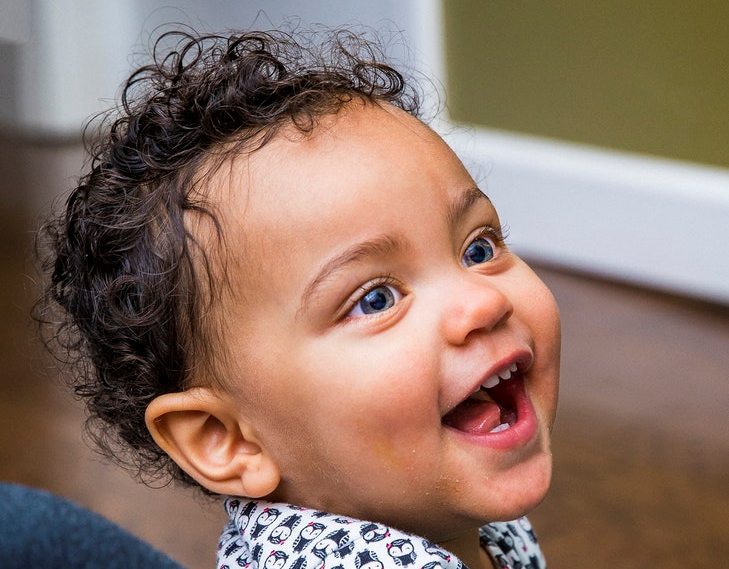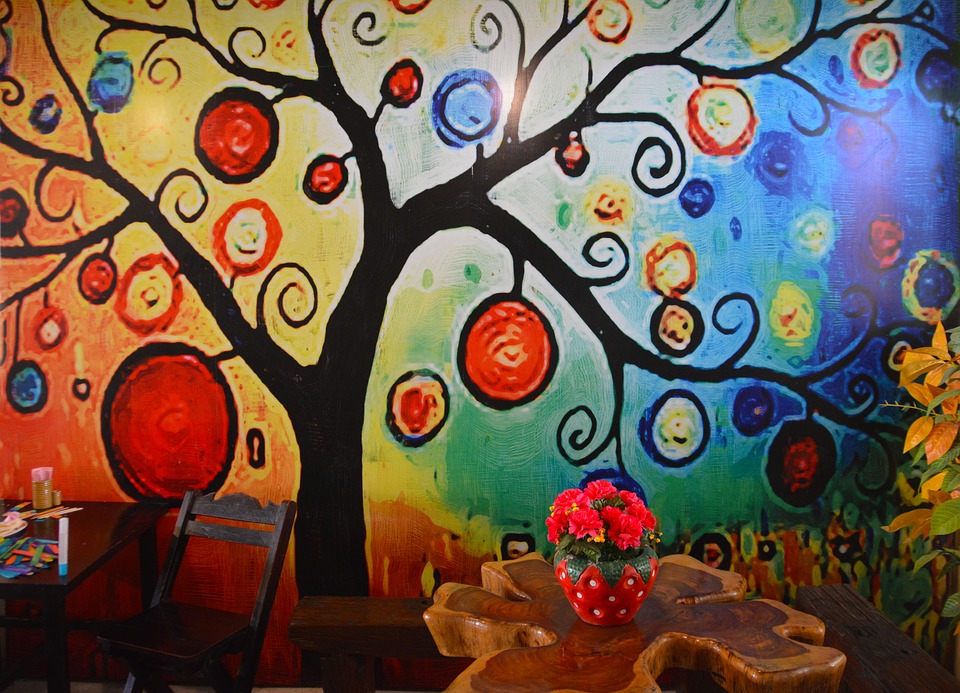Sponsored Post

Because a large part of my audience includes readers in India, I’m sharing some awesome tips from India-based online fashion and makeup tutorial site called Fabulive.com which offers tips and suggestions for Indian women from Indian Brides to every day working women on how to make up their face beyond the typical dark eye makeup worn to adorn the eyes and make them look brighter and wider.
Avoid the porcelain doll look and opt for bronzer, the folks at Fabulive suggest.
Lip and Cheek Makeup Tips
Choosing a lip color and doing the cheek makeup is also very difficult. You need to ensure that you pick up the right shades so that it complements the apparel of a bride, for example. There are loads of makeup tutorials available at Fabulive to help them balance a neutral lip with a strong eye so it doesn’t come off too gaudy.
Eye Makeup
Eye make up must complement the outfit and therefore, choosing the right shade of the eyeshadow is equally essential. Another thing which Fabulive says is commonly used in the makeup of Indian brides is kajal or kohl, which requires precision. It is essential to stick to classic black eyeliner and create a natural effect with the help of brow powder and brush. Also, it suggest not missing mascara and eyelash curler, or even eyeleash extensions.
Common Makeup Tips
Exfoliate the face – The first thing to do is exfoliate the face to make sure it is clean and there is no oil or dirt.
Moisturize the face – Retaining the softness of the skin is very important and for this, you need to moisturize the face. This will give an even tone to the face, and by gently rubbing the moisturizer you make the skin soft. You may use tinted moisturizer as well.
Make the face blemish-free – Apply a primer two minutes after applying moisturizer. This ensures that the foundation and the concealer remain intact on the face when you apply it. Now, cover the blemishes with the help of concealer, as this will brighten the skin tone of the bride. Afterwards, apply foundation without SPF (Sun Protection Factor), as it can lead to undesirable flash effect in the photos.
Highlighter, Blush, and Bronzer – Do not forget to apply highlighter on the high planes of the face. Furthermore, to give a sharp look in the photo, it is vital to apply bronzer properly. It is better take brush angular and then on the sides of the chin, sides of the forehead and nose bones apply the strokes. Also, do not forget to apply the blush blending upwards in a circular motion.
Eyeshadow and Eyeliner – Usually, Indian brides, for example, the Fabulive editors say, go with gold eye makeup as it suits the bright shades of lehengas and saris. As far as eyeliner is concerned, pick the waterproof one and draw a thick line so that it highlights the eyes well. As kajal is used, do not forget to use the smudge powder and translucent setting powder.
Lip liner and Lipstick – There are two ways of making the lips look beautiful. The first way is to stick to the natural line of the bride’s lips and apply the lipstick. However, these days to make a lip look fuller and more significant, applying lip liner natural lip line is quite appreciated. Make sure you do not overdo it, as it might make the lip look too plump.
These tips are useful not just for Indian Brides but for anyone who wants a fabulous look for any formal event, a photo shoot or a night out on the town with their friends or husband or partner.



















